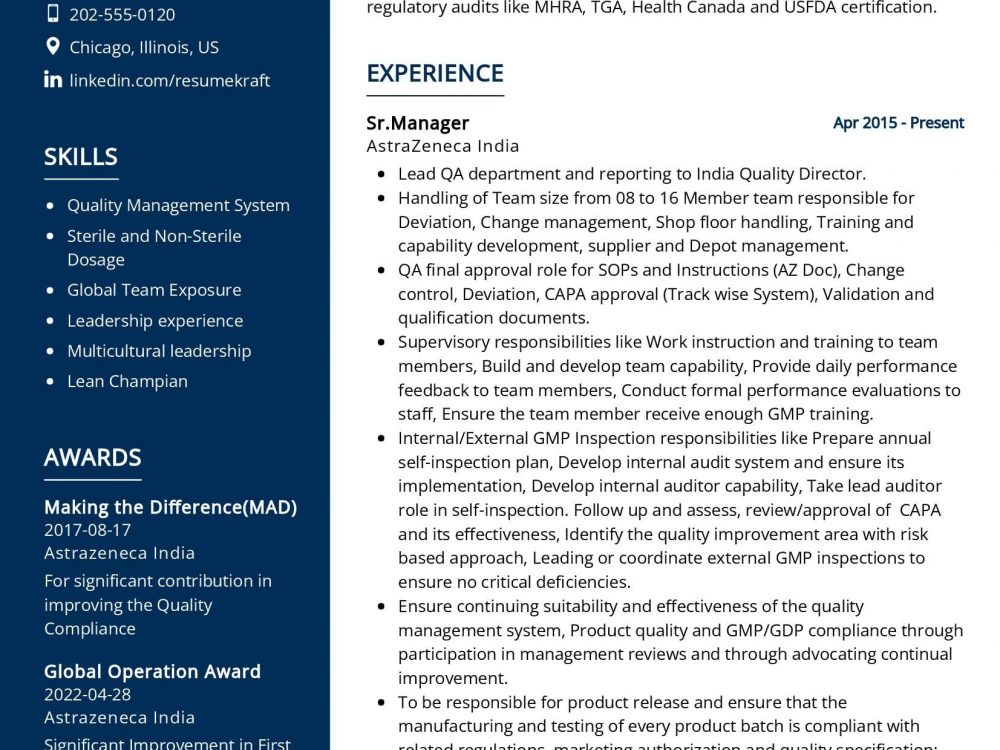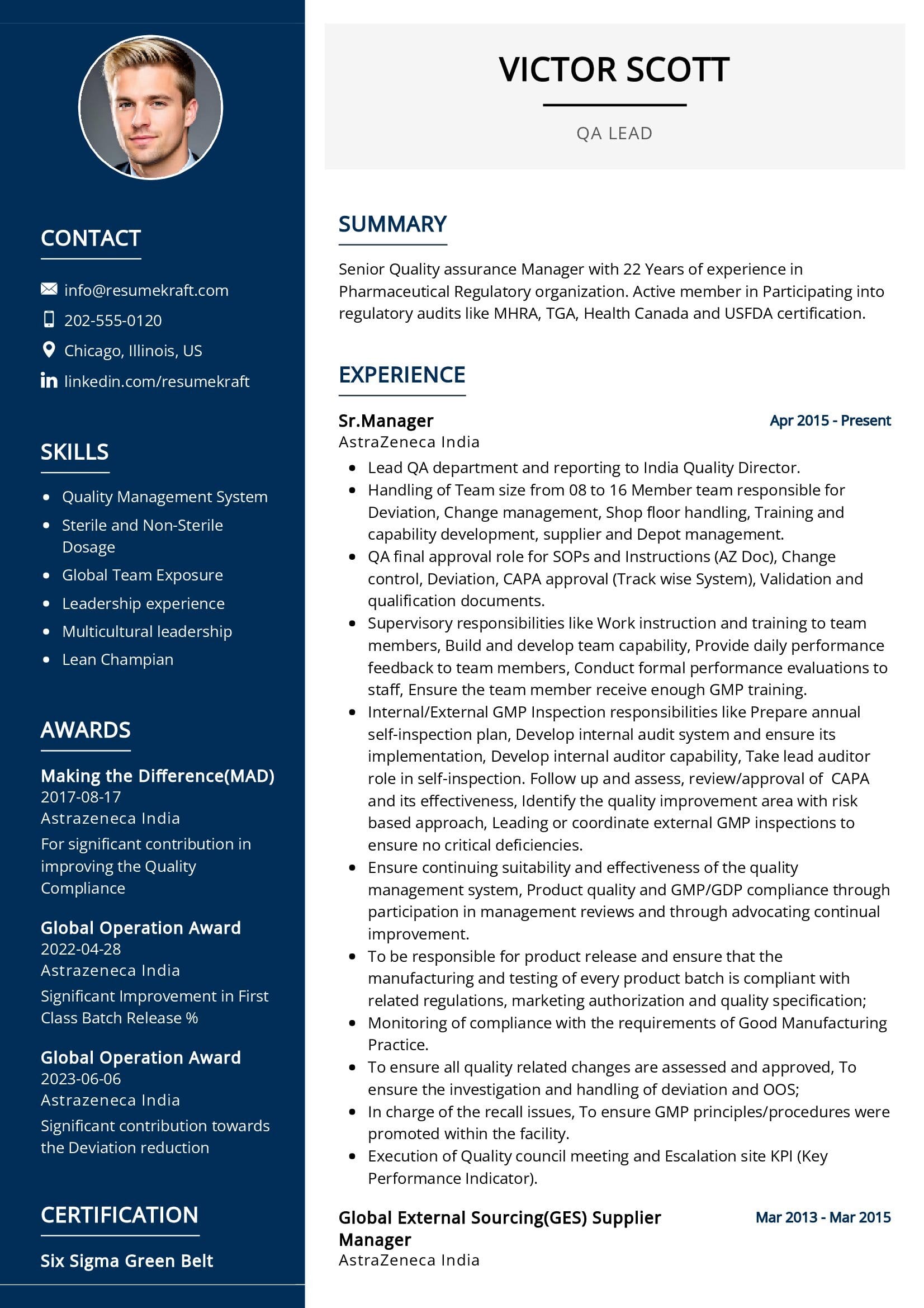Unlocking Success: The Role of a QA Lead
In today’s rapidly evolving tech landscape, Quality Assurance (QA) leads play a pivotal role in ensuring that software products meet the highest standards of quality. This article delves into the multifaceted role of a QA Lead, a position that demands a keen eye for detail, strong leadership skills, and a commitment to delivering flawless software solutions.
What Does a QA Lead Do?
A QA Lead is responsible for overseeing the entire quality assurance process within a software development team. This role involves meticulous planning, precise execution, and effective communication to ensure that the software meets or exceeds customer expectations. Let’s explore the key responsibilities that define the role of a QA Lead:
- Test Strategy Development: Crafting a comprehensive test strategy that outlines the testing approach, scope, resources, and schedule for a project.
- Test Planning: Collaborating with cross-functional teams to create detailed test plans, including test cases, test data, and test environments.
- Test Execution: Supervising the execution of test cases, tracking defects, and ensuring that all aspects of the software are thoroughly tested.
- Quality Metrics: Monitoring and reporting on key quality metrics, such as defect density, test coverage, and pass/fail rates, to gauge project health.
- Automation: Implementing test automation where applicable to increase test efficiency and coverage.
- Team Leadership: Leading a team of QA engineers, providing guidance, mentoring, and fostering a culture of continuous improvement.
- Stakeholder Communication: Acting as a bridge between the QA team and project stakeholders, ensuring clear communication of testing progress and issues.
- Process Improvement: Identifying opportunities to enhance testing processes and tools, striving for continuous improvement.
The role of a QA Lead is dynamic, requiring adaptability and a commitment to maintaining the highest standards of quality throughout the software development lifecycle.
Key Skills and Qualifications for a QA Lead
Stepping into the role of a QA Lead necessitates a unique blend of technical expertise, leadership abilities, and attention to detail. Here are the essential skills and qualifications required to excel in this role:
- Quality Assurance Knowledge: A deep understanding of QA principles, methodologies, and best practices.
- Testing Tools: Proficiency in QA tools such as Selenium, JIRA, or TestRail.
- Test Automation: Experience in test automation frameworks and scripting languages like Selenium WebDriver and Python.
- Leadership Skills: Strong leadership and team management capabilities, with the ability to inspire and motivate a QA team.
- Communication: Excellent communication skills, both written and verbal, to convey complex information clearly and concisely.
- Problem-Solving: Effective problem-solving skills to identify, track, and resolve software defects.
- Attention to Detail: A keen eye for detail to ensure thorough testing and accurate defect reporting.
- Technical Proficiency: Solid understanding of software development, databases, and programming concepts.
- Certifications: Relevant certifications such as ISTQB or Certified ScrumMaster (CSM) can enhance your qualifications.
While technical skills are crucial, a QA Lead’s ability to lead, collaborate, and communicate effectively is equally important for success.
Day-to-Day Responsibilities of a QA Lead
Each day in the life of a QA Lead is a juggling act, balancing various responsibilities to ensure the successful delivery of high-quality software. Let’s take a closer look at the typical day-to-day tasks of a QA Lead:
- Review Test Plans: Start the day by reviewing and approving test plans, ensuring they align with project requirements and objectives.
- Team Coordination: Conduct daily stand-up meetings with the QA team to discuss progress, challenges, and priorities.
- Test Execution: Oversee and participate in test execution, closely monitoring test results and defect reports.
- Issue Resolution: Work with developers and other stakeholders to resolve identified defects and issues promptly.
- Documentation: Maintain comprehensive documentation of test cases, test data, and test results.
- Status Reporting: Provide regular status updates to project managers and stakeholders, highlighting key metrics and risks.
- Test Automation: Collaborate with automation engineers to expand test automation coverage and maintain automation scripts.
- Process Enhancement: Continuously seek opportunities to streamline testing processes and improve overall quality.
Adaptability and effective time management are essential to keep pace with the ever-evolving demands of QA leadership.
QA Lead Resume Writing Tips
Your resume is your ticket to landing a coveted QA Lead role. To craft a compelling resume that showcases your qualifications and experiences, consider these tips:
- Highlight Leadership: Emphasize your leadership roles and accomplishments, including instances where you’ve led teams to success.
- Quantify Achievements: Use metrics to quantify your contributions, demonstrating the impact of your work on projects and teams.
- Certifications: List relevant certifications prominently to showcase your commitment to professional growth.
- Customize for the Role: Tailor your resume for each job application, aligning your qualifications with the specific job description.
Your resume is your first impression, so make it count by presenting your skills and experiences effectively.
Sample QA Lead Resume Summary Examples
Your resume summary serves as an introduction to your career journey and expertise. Here are some examples to inspire your own QA Lead resume summary:
- “Experienced QA Lead with a proven track record of delivering high-quality software solutions. Adept at leading teams, implementing efficient testing processes, and consistently meeting project deadlines.”
- “Detail-oriented QA Lead with a passion for quality assurance. Led teams in achieving a 30% reduction in software defects and a 20% improvement in testing efficiency.”
- “Results-driven QA Lead with expertise in test automation and a focus on continuous improvement. Led successful test automation initiatives, resulting in a 40% increase in test coverage.”
Your resume summary should capture your strengths and set the stage for a deeper exploration of your qualifications.
Education and Certifications
Your educational background and certifications are essential components of your QA Lead resume. Here’s how to present them effectively:
- Bachelor’s Degree: Include your bachelor’s degree in a relevant field such as Computer Science, Information Technology, or Software Engineering.
- Master’s Degree (if applicable): Mention any advanced degrees that enhance your qualifications.
- Relevant Certifications: List certifications like ISTQB, Certified ScrumMaster (CSM), or any other QA-related certifications you hold.
Your education and certifications demonstrate your commitment to building a strong foundation in QA.
Key Takeaways for Your QA Lead Resume
As we wrap up this comprehensive guide on the role of a QA Lead, let’s recap the key takeaways to keep in mind while crafting your resume:
- Emphasize your leadership abilities and achievements in QA.
- Quantify your impact with metrics to demonstrate the value you bring to projects.
- Highlight relevant certifications and educational qualifications.
- Customize your resume for each job application.
Your resume is your passport to a fulfilling QA Lead career, so make it shine by showcasing your skills and experiences effectively.
Ready to take the next step in your QA Lead career? Craft a compelling resume and start applying for your dream job today. Don’t forget to utilize resources like AI Resume Builder, Resume Design, Resume Samples, Resume Examples, Resume Skills, Resume Help, Resume Synonyms, and Job Responsibilities to create a standout application and prepare for the QA Lead job interview.



